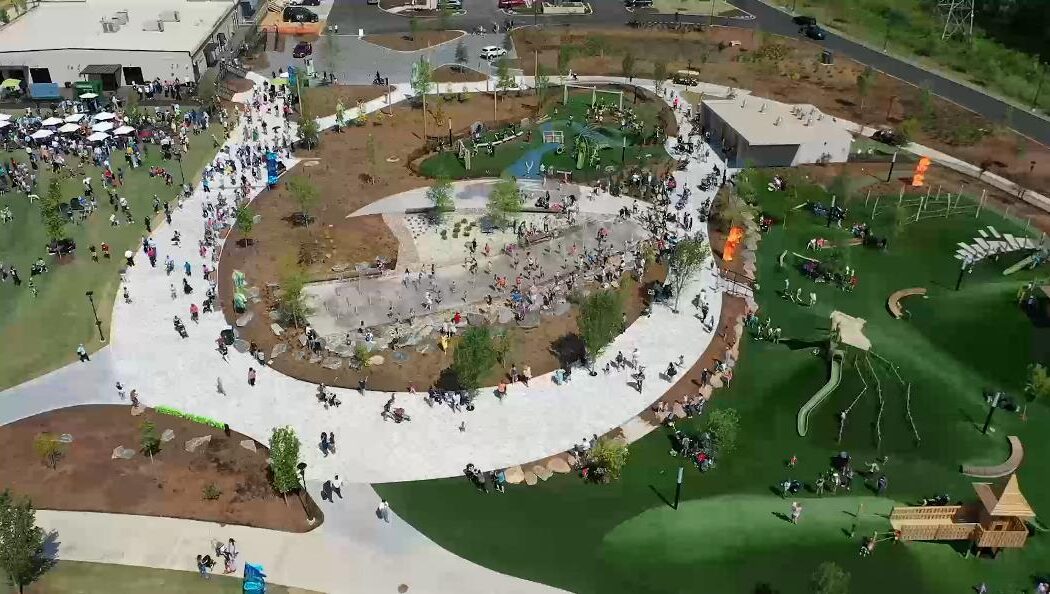The 2020 book, RECONOMICS: The Path To Resilient Prosperity, showed how excessive displacement of long-term residents resulting from neighborhood revitalization can often be prevented, sometimes in surprisingly simple ways.
Such “gentrification” is sometimes triggered by the renovation or creation of a public park that dramatically increases the desirability of a neighborhood by boosting the quality of life.
Recent investigative reporting looked at one such example in Greenville, South Carolina, and those reporters have now won an award for their work.
Fred Clasen-Kelly, Carol Motsinger, and Macon Atkinson won the Sidney Award for exposing the hidden toll of Greenville’s celebrated urban renewal program on the city’s Black community.
The deeply-reported feature was the result of a partnership between the Greenville News and researchers at Furman University. The history of Greenville’s Unity Park is a microcosm of money, race and betrayal.
In 1924, Greenville voters approved a bond to build a park accessible to Black residents of the segregated city.
That was the first in a string of broken promises. Instead of a park, the city turned the land into a police shooting range, and later into a toxic dumping ground.
Almost a century later, the mayor announced that he had finally kept the promise to the city’s Black residents by building Unity Park, but it came at a heavy cost to the Black residents who can no longer afford to live there.
“Decades of inequitable investment in the area around Unity Park primed the neighborhoods for gentrification,” said Clason-Kelly, Motsinger and Atkinson in a Backstory interview.
“The influx of public and private investment tied to the park priced out poorer residents from housing and new amenities that don’t cater to them,” they added.
The park is the crown jewel of Greenville’s celebrated urban renewal efforts which have attracted out-of-state corporations and affluent white professionals to the city.
The investigation reveals how a beautiful park actually harmed the neighborhood’s longtime Black residents by driving up rents and absorbing tax dollars that could have met more urgent needs.
The Black population plummeted in the decade before the park opened, as developers started buying up land around the planned green space.
The city promised to build more affordable housing but so far that promise has also gone unfulfilled.
“This story shows how gentrification can be disguised as equity,” said Sidney judge Lindsay Beyerstein. “Working people are being priced out of their own city.”
Key contributors to the Cost of Unity series included: William Ramsey (planning, editing); Jessica Gallagher (reporting, photography, videography); McKenzie Lange (photography); Lillia Callum-Penso (reporting); Angelia Davis (reporting); Genna Contino (reporting); Forrest Briggs (photography); Gabe Whisnant (editing); Chalmers Rogland (fact-checking); Kathryn Casteel (fact-checking); Gannett South Audience Team (social media, digital promotion).
Photo courtesy of Unity Park.

